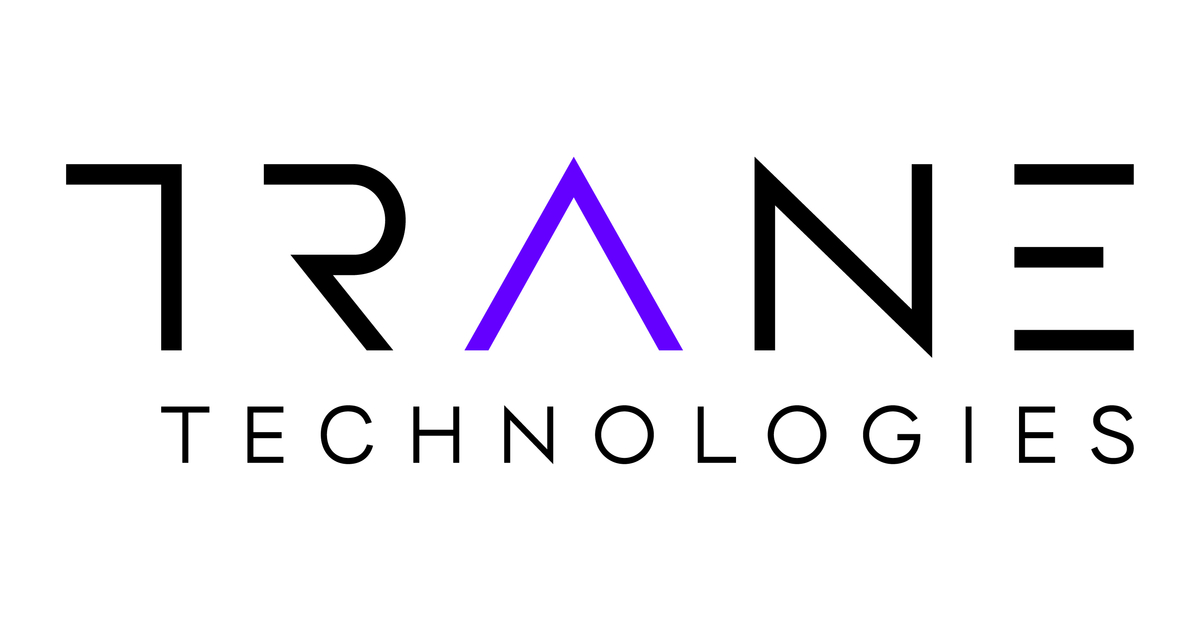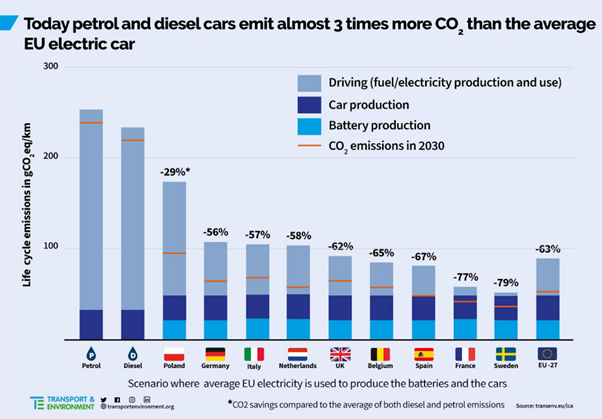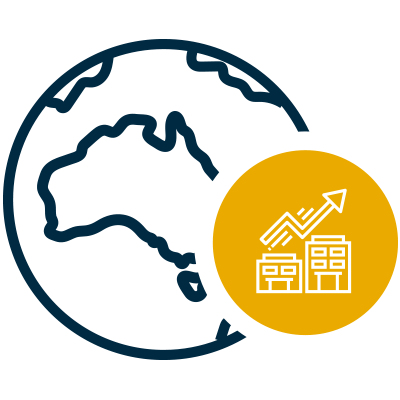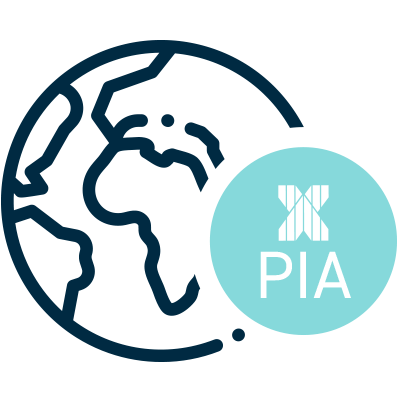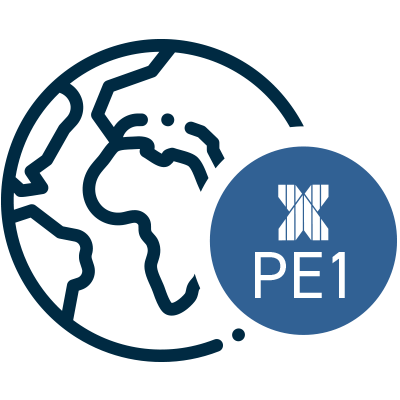SUMMARY
At WHEB, we’re big fans of battery electric vehicles (BEVs). Approximately 8% of the strategy is invested in companies with exposure to BEVs and their value chains. We have also recently launched a scheme internally enabling the WHEB team to have easier and cheaper access via a BEV leasing scheme. But outside our organisation, some people remain unconvinced. In this month’s commentary, Head of Research Seb Beloe explains our position.
Global stock markets rebounded in October. As in recent periods, macroeconomic concerns such as inflation and interest rate expectations played a big role in market movements. There has been a subtle shift in the narrative as fears of recession have increased. Although a recession will put downward pressure on company earnings, it would also support less aggressive interest rate increases (seen as positive for stocks).






